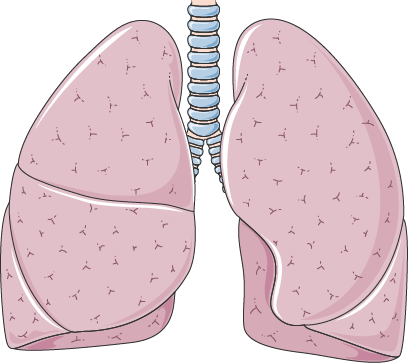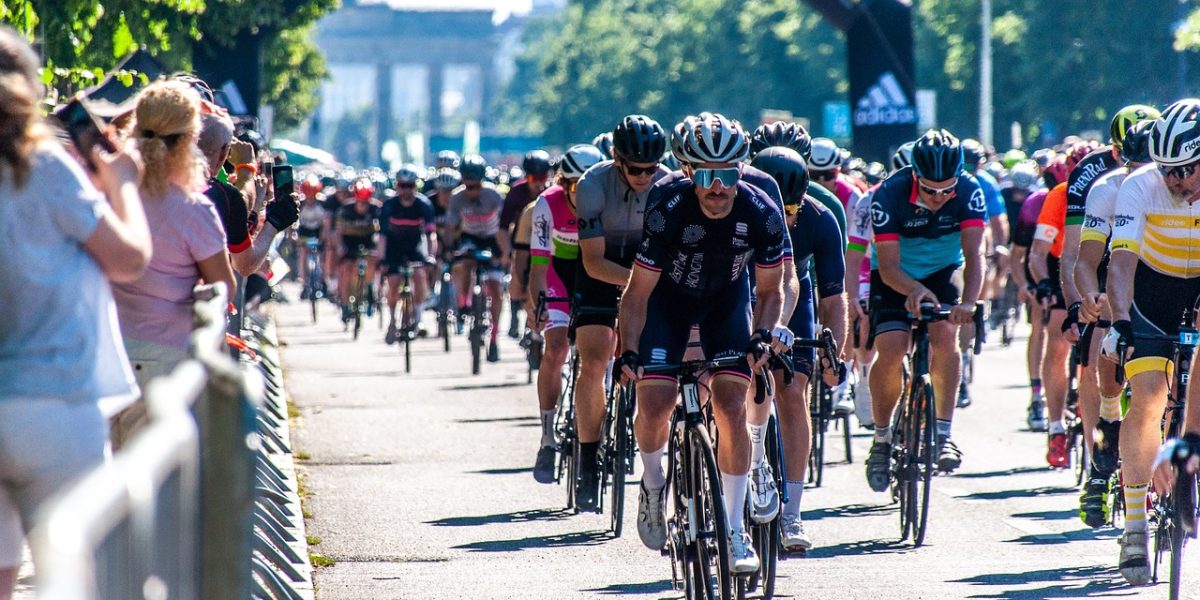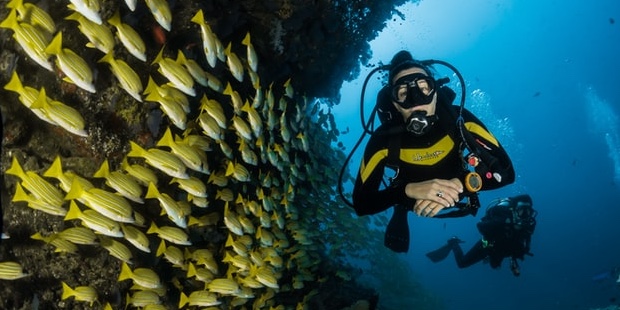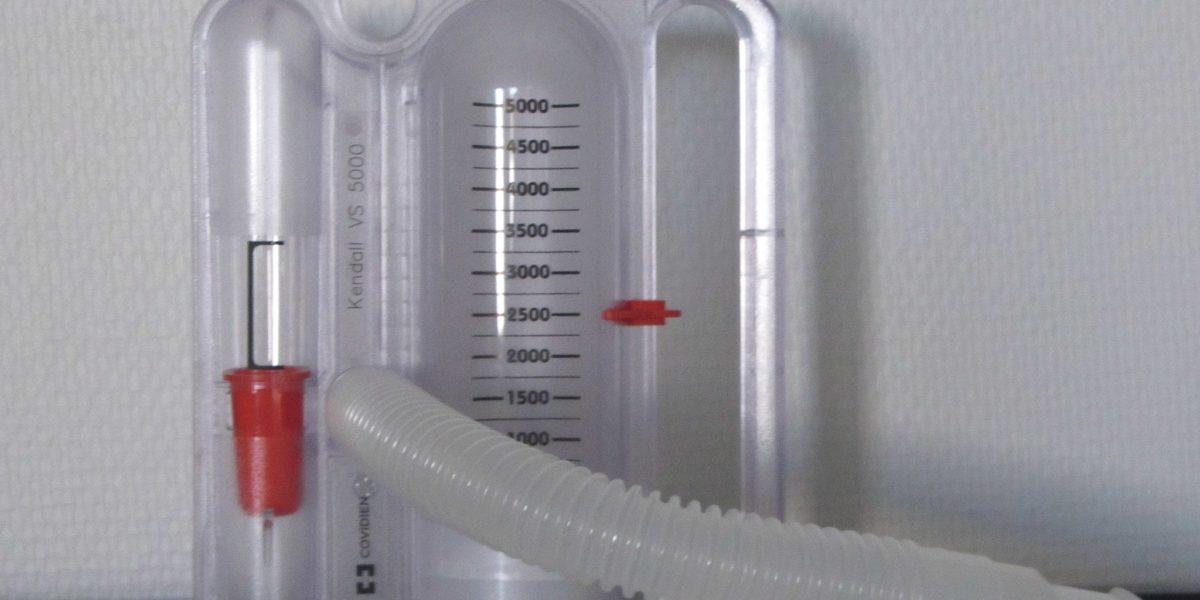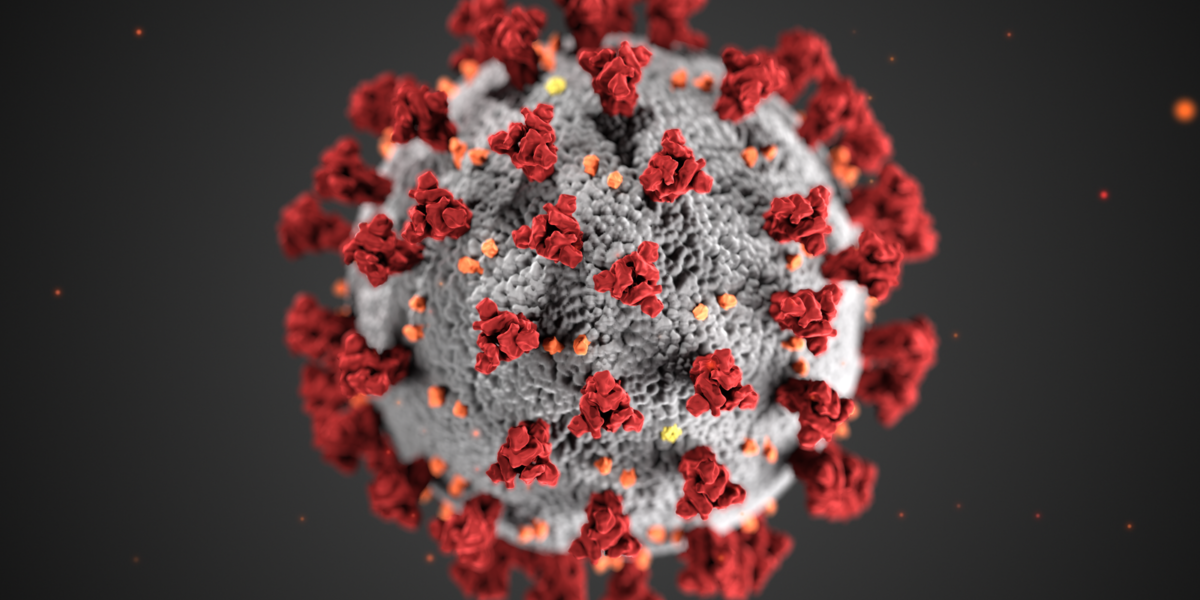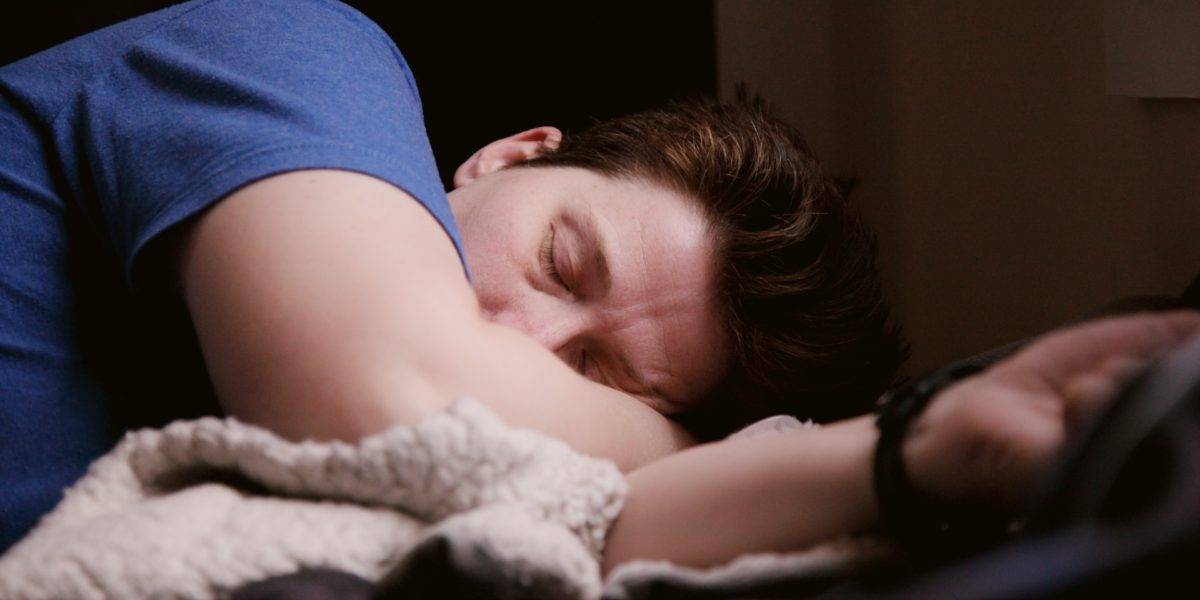All jokes aside, our respiratory health is something most people take for granted every day. Quite literally, there is a colloquial phrase that exists to motivate people to do a task so often, that it comes as naturally as breathing. However, we do not control our breathing as much as this phrase suggests. In fact, when we are not paying attention, we do not control our breathing at all. Our autonomic nervous system performs the vital functions of inspiration and expiration for us of breathing in and breathing out. Without such a system, I surely would not want to fall asleep at night! But what happens when our respiratory health declines? How do we support people’s respiration when their bodies are not able to? Our answer is ventilators.
Continue reading “Ventilators: Know About Them Before You Need One”Tag: lungs and the respiratory system
Endurance Performance: The Biomechanics of VO2 Max and Muscle Fatigue in Endurance Sports
Endurance athletes, ranging from marathon runners to long-distance cyclists, are frequently faced with the mechanical limits of their muscles and bodies. But what sets these limits? A key limitation is the anaerobic threshold. The anaerobic threshold is the point at which the body shifts from aerobic to anaerobic metabolism, which causes a buildup of lactate and ultimately muscle fatigue. This is particularly an issue for endurance athletes because is limits the athlete’s ability to sustain force production and resist fatigue, lowering their endurance capabilities.
Read More: Endurance Performance: The Biomechanics of VO2 Max and Muscle Fatigue in Endurance Sports Continue reading “Endurance Performance: The Biomechanics of VO2 Max and Muscle Fatigue in Endurance Sports”Under Pressure – How Underwater Environments Affect SCUBA Divers
SCUBA diving allows for the exploration of new environments, but with these environmental changes comes a danger. With over 2 million recreational divers and 3,000 commercial divers in the United states, it is important to understand these dangers and improve diver safety. As depth and pressure increase, the force exerted on the body increases at a rate of 1 atmosphere per 33 feet. The body itself is fairly good at withstanding this pressure. The danger comes from its effect on gasses inside the body. Compressed air takes up less volume for the same amount of matter, meaning that it takes more air to fill the lungs at depth, causing divers to go through air faster than they would at the surface.
Continue reading “Under Pressure – How Underwater Environments Affect SCUBA Divers”Why We Need to Re-Evaluate the Racialized History of Spirometry
One of the leading indicators of good health is adequate lung capacity. Lung capacity, as defined by Bajaj and Delgado is the volume of air in the lungs upon the maximum effort of inspiration. For an average healthy adult, that is about 5.5 liters of air. But how do we measure our lung capacity? A spirometer is the answer. Even though the device has undergone multiple revisions since it was first invented in the 1840s, it has not deviated away from its original purpose of measuring lung capacity.
Continue reading “Why We Need to Re-Evaluate the Racialized History of Spirometry”the novel coronavirus: how an invisible invader halted the world
Last year the world changed. With modifications to daily life such as wearing masks and attending class online, a lot of what was common became uncommon. More severely, millions of deaths globally shook the world. All of this change and devastation can be attributed to a coronavirus variant that was shockingly good at two things… 1.) Stability outside of cells 2.) Breaching the lower respiratory tract. A few questions must be understood as to why this virus is so effective in its affinity towards destruction. First, How does COVID-19 penetrate a cell? How does COVID 19 replicate? Finally, why is COVID-19 able to survive outside of a cell so well?
Continue reading “the novel coronavirus: how an invisible invader halted the world”Not Everyone Breathes While they Sleep: The Dangers of Sleep Apnea
You might think that breathing in our sleep should come naturally – if breathing and sleeping are both physiologically necessary, then we must be able to do them simultaneously right? Unfortunately, almost a quarter of middle-aged American men and nearly 10% of women suffer from sleep apnea, a chronic condition characterized by repeatedly stopping breathing while sleeping. The clinical symptoms seem rather benign – snoring, sleepiness, fatigue during the day or other issues sleeping. However, by far the most dangerous aspect of this disease is that it puts patients at increased risk of high blood pressure, stroke, coronary heart disease, as well as occupational and/or automobile accidents. Over the last several decades, a variety of therapy options have been studied to treat this condition, ranging from drugs to masks to surgery.
Continue reading “Not Everyone Breathes While they Sleep: The Dangers of Sleep Apnea”How to Shine at Karaoke and Master the Art of Singing
Are you tired of going to karaoke with your friends and not being able to master those high notes like singers Whitney Houston or Mariah Carey? While this blog post cannot promise the high quality of those amazing singers, it will demonstrate how through practice you can master the art of singing. To master singing you must first understand the biology and mechanics of your singing voice, so you can learn how to manipulate both to your benefit. This can extend to vocal production and communication studies, but the focus will be singing.
Continue reading “How to Shine at Karaoke and Master the Art of Singing”The Study of Snoring is Anything but Boring
Here we take a deeper look about that noise that plagues some of our family members, our roommates…or even ourselves!
Continue reading “The Study of Snoring is Anything but Boring”
